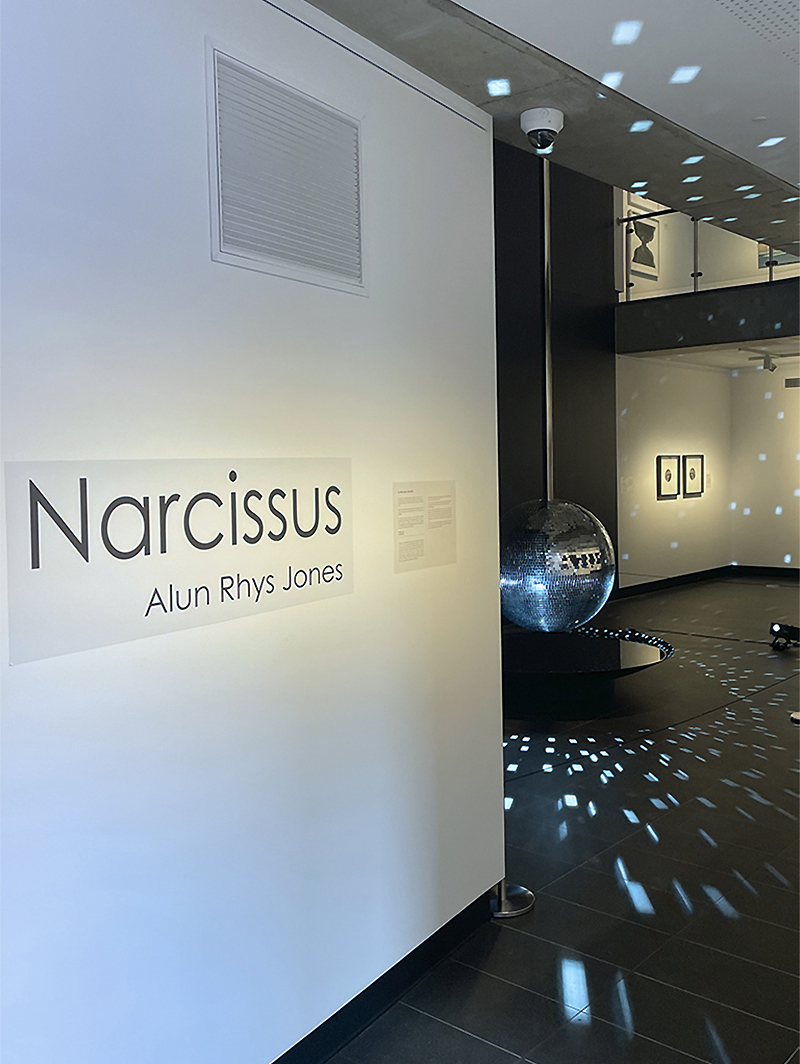
NARCISSUS
Location: Grafton Regional Gallery, GraftonType: Solo Exhibition
Year: 2023
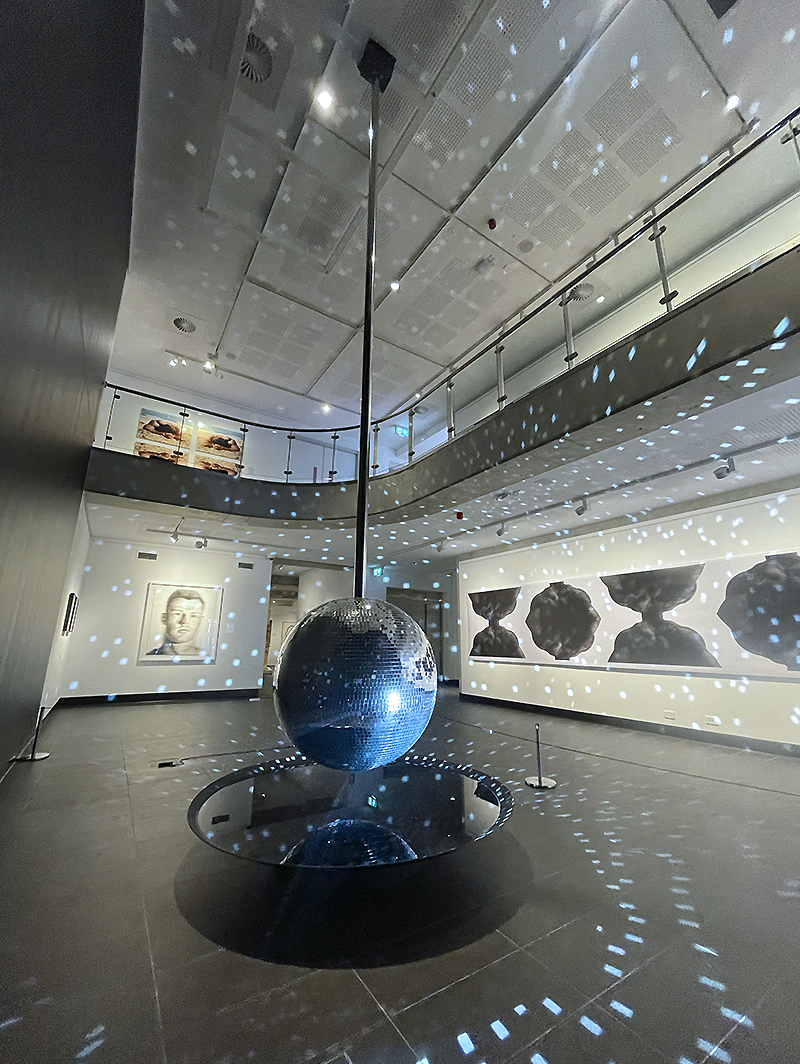
NARCISSUS
Location: Grafton Regional Gallery, GraftonType: Solo Exhibition
Year: 2023

NARCISSUS
Location: Grafton Regional Gallery, GraftonType: Solo Exhibition
Year: 2023
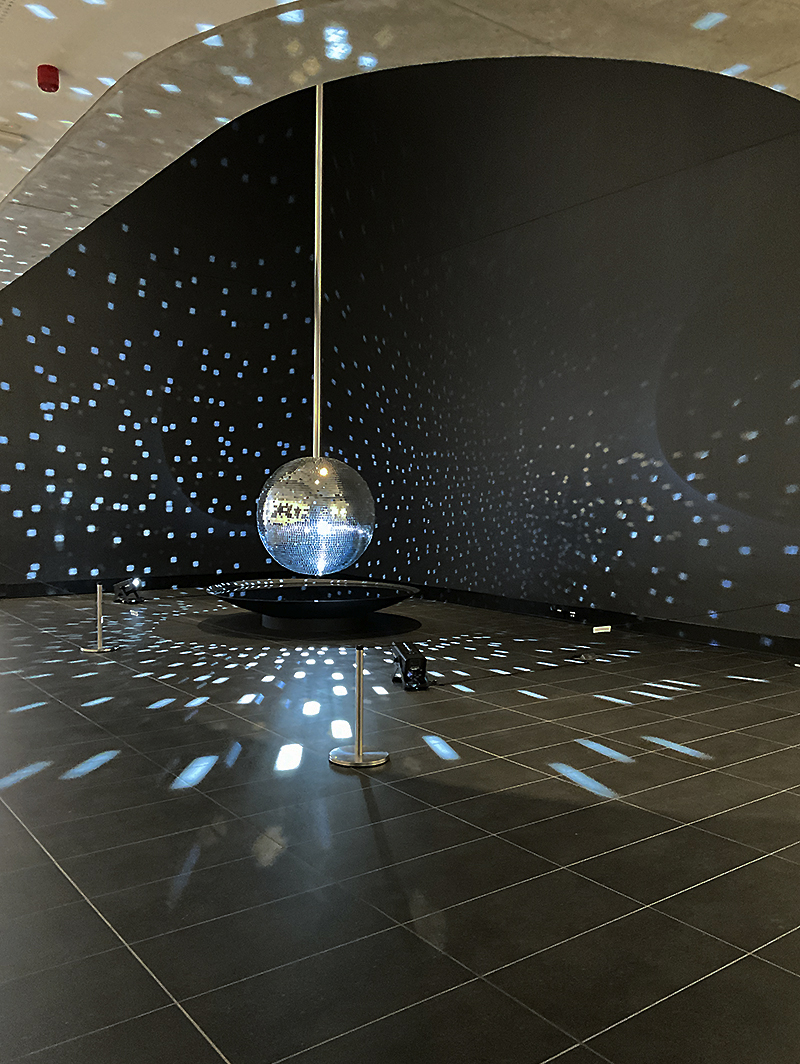
NARCISSUS
Location: Grafton Regional Gallery, GraftonType: Solo Exhibition
Year: 2023
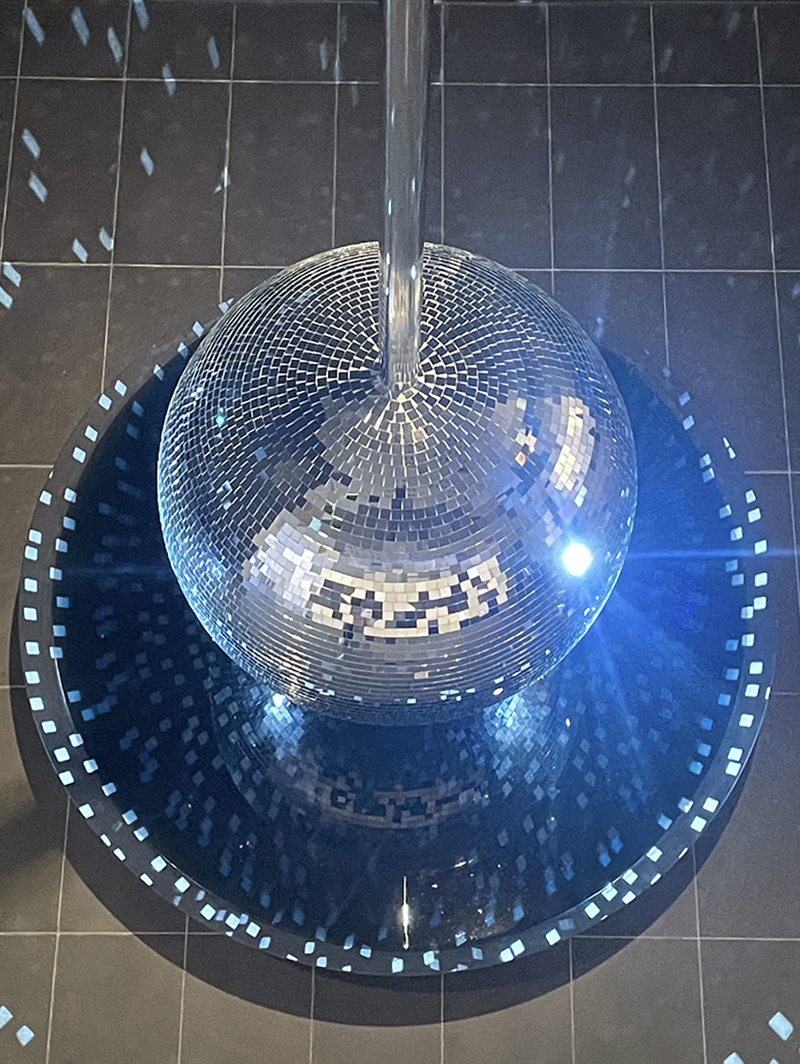
NARCISSUS
Location: Grafton Regional Gallery, GraftonType: Solo Exhibition
Year: 2023
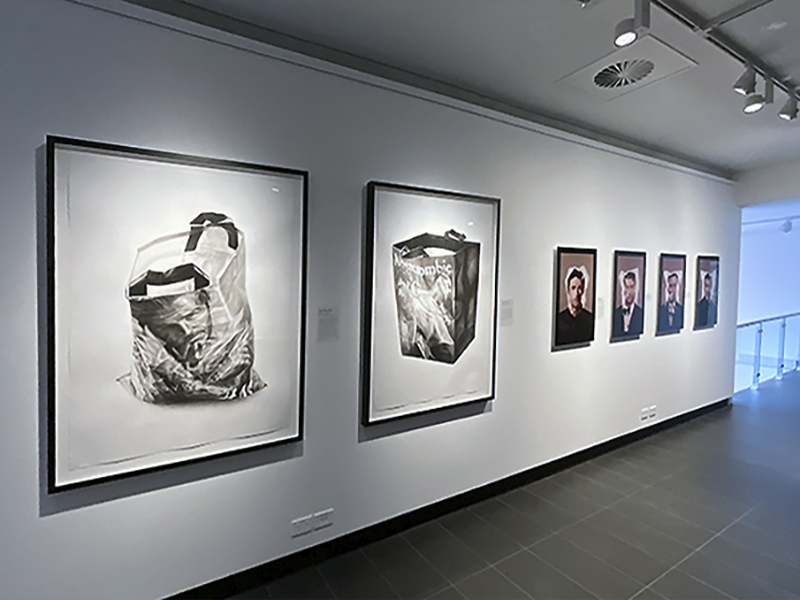
NARCISSUS
Location: Grafton Regional Gallery, GraftonType: Solo Exhibition
Year: 2023
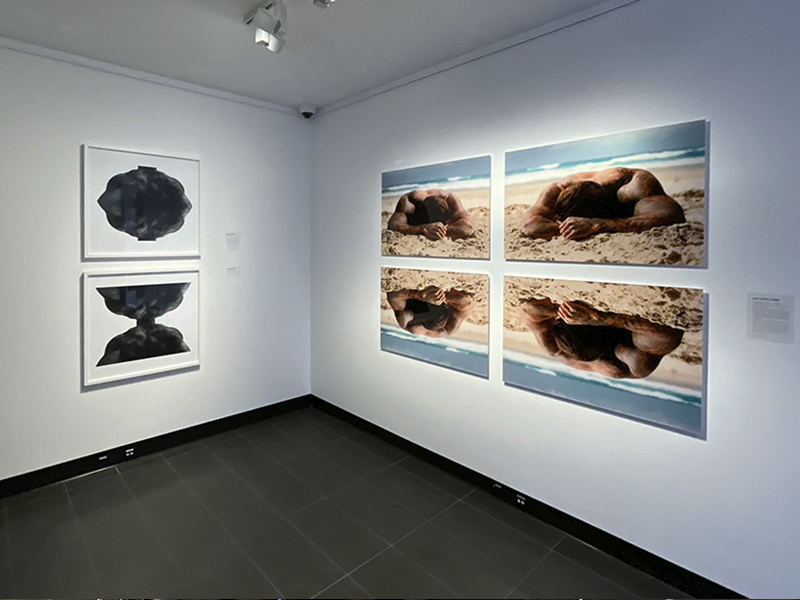
NARCISSUS
Location: Grafton Regional Gallery, GraftonType: Solo Exhibition
Year: 2023
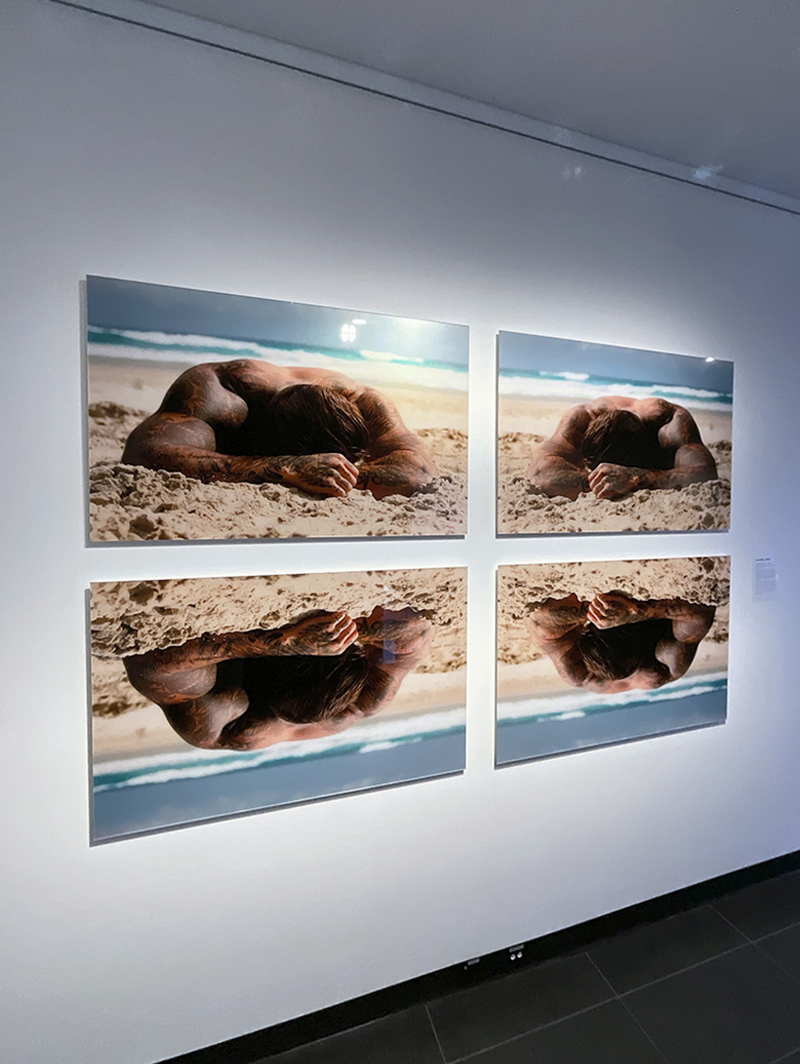
NARCISSUS
Location: Grafton Regional Gallery, GraftonType: Solo Exhibition
Year: 2023
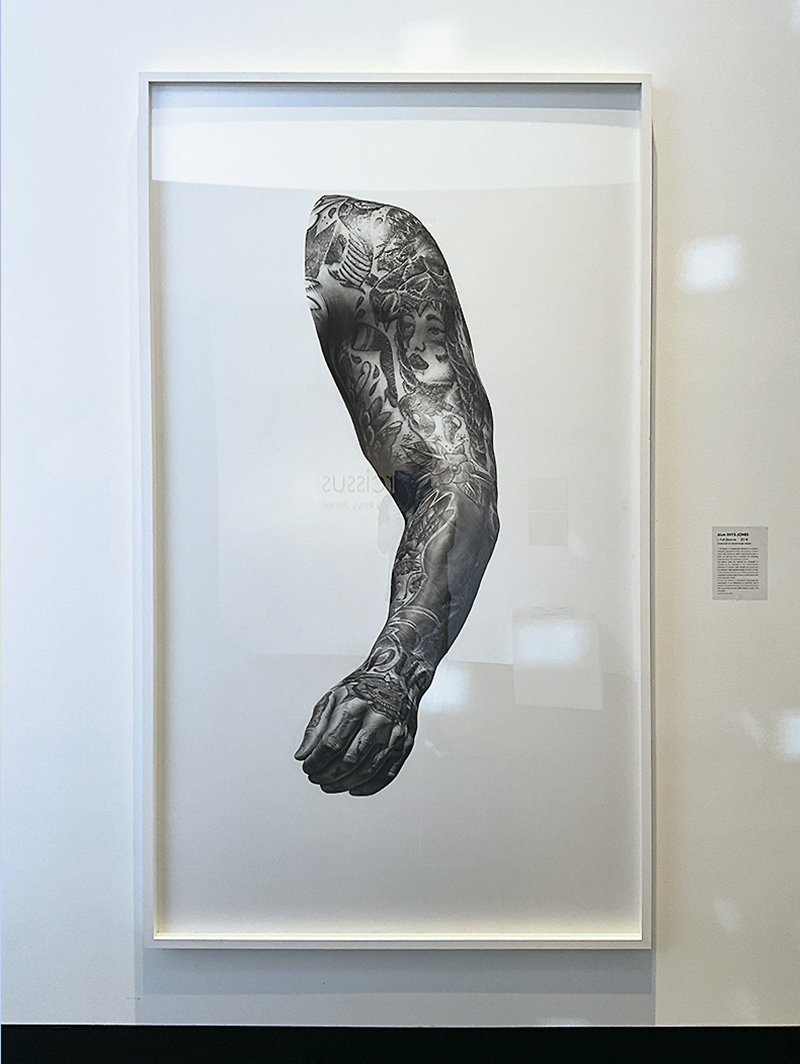
NARCISSUS
Location: Grafton Regional Gallery, GraftonType: Solo Exhibition
Year: 2023
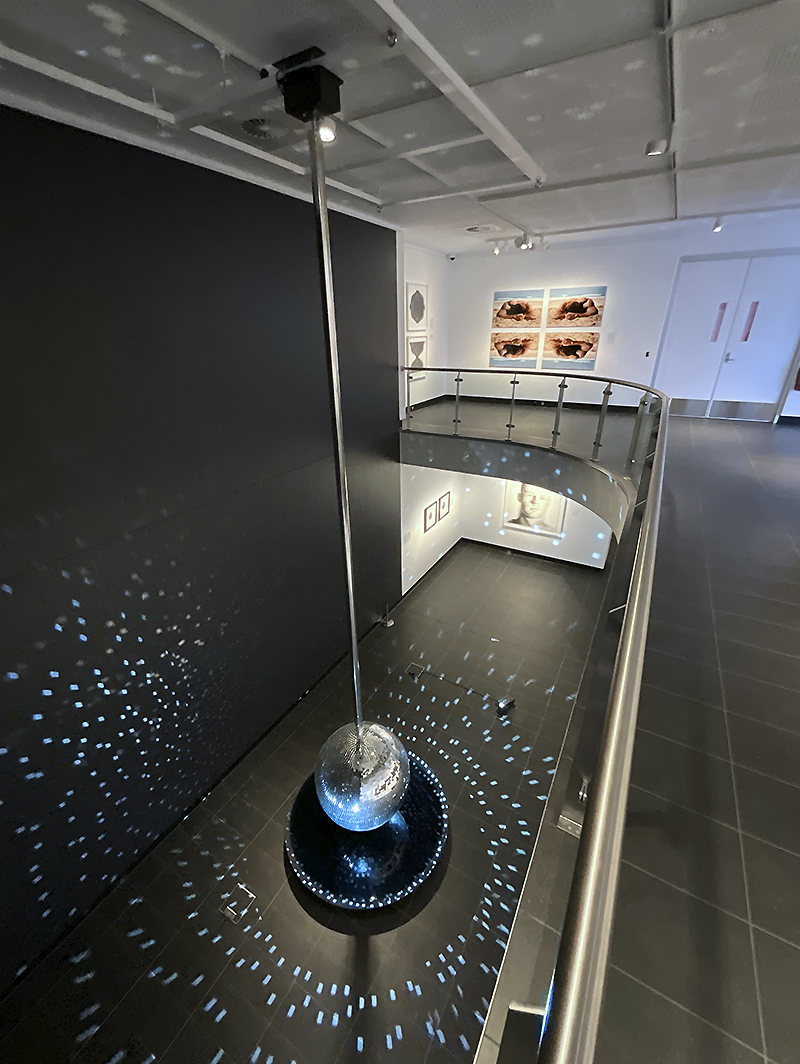
NARCISSUS
Location: Grafton Regional Gallery, GraftonType: Solo Exhibition
Year: 2023
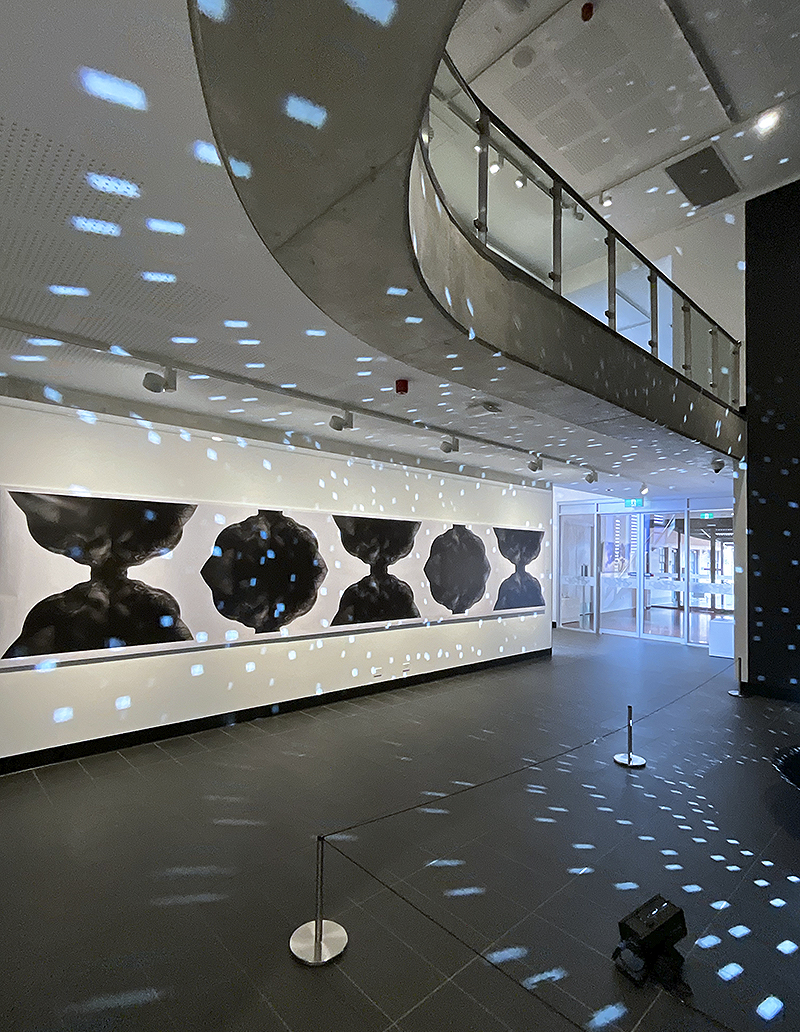
NARCISSUS
Location: Grafton Regional Gallery, GraftonType: Solo Exhibition
Year: 2023
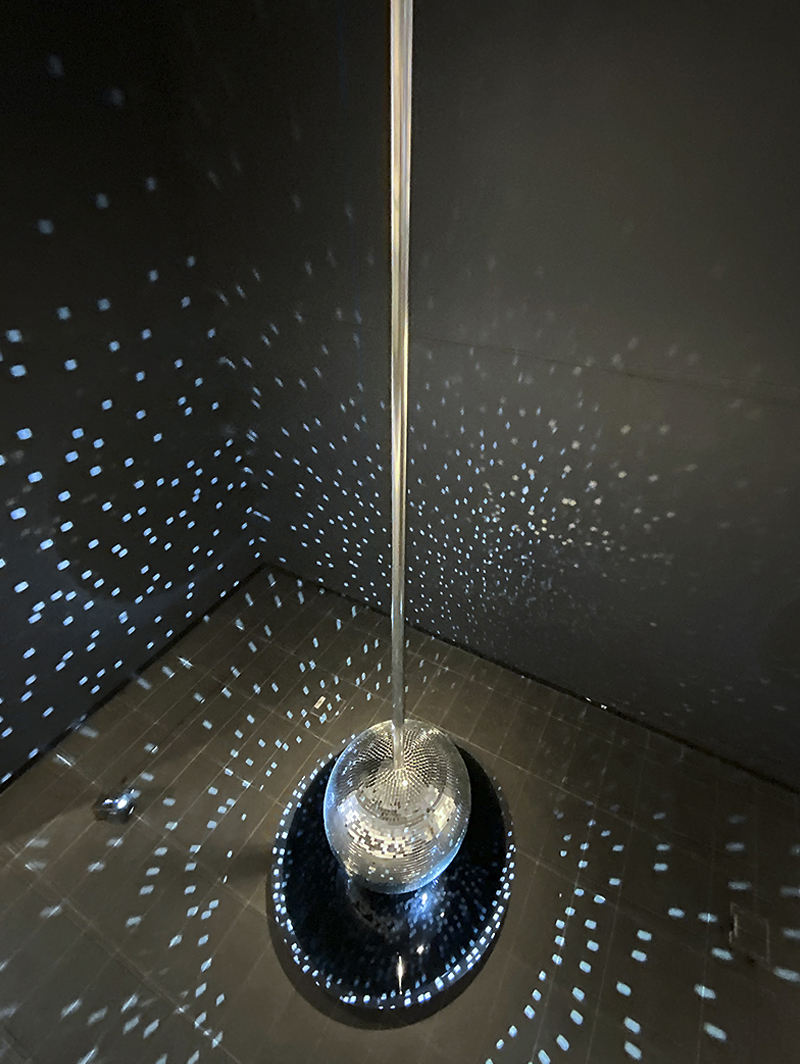
NARCISSUS
Location: Grafton Regional Gallery, GraftonType: Solo Exhibition
Year: 2023
NARCISSUS
solo exhibitionMy recent work has focused on exploring the ingrained stereotypes surrounding the LGBTQIA+ community perpetuated by mainstream news media and the impact this continuous scrutiny has on the LGBTQIA+ world.
The story of Narcissus from Greek mythology revolves around the handsome Narcissus who upon seeing his own reflection in a pool of water becomes smitten and falls hopelessly in love with his own reflection. Nothing can tear him away from this and depending upon the version you read he passes away from a broken heart or commits suicide out of desperation from his unrequited love. The Narcissus myth at its heart is a warning against the perils of same sex attraction and pathologizes the connection between homoerotic desire, death and narcissism.
Throughout Literature, TV and Film one of the most pervasive stereotypes regarding the LGBTQIA+ community is the “Bury Your Gay” trope. In this trope the Queer characters tend to die or meet some other type of unhappy or tragic ending, often just after they come out and before they can have any form of real connection, love or intimacy. As such the story of Narcissus is one of the earliest examples of this trope and serves as a warning to traditional heteronormativity.
With the continuing scrutiny and vilification of the LGBTQIA+ community still so prevalent it is as important as ever to continue fighting for and protecting rights and to challenge stereotypes by creating nuanced works that question, scrutinise, and reclaim these attacks as sites of strength and pride and give back a voice to communities silenced and ignored by heteronormative society.
The adherence to traditional masculine ideals and rigid gender roles is connected to increased incidences of depression and suicide in men and to violence against women, including sexual assault and domestic violence. This toxic masculinity tells men there is only one way to be a man, that he must be dominant, aggressive and devoid of any emotion. It forces men to live within the constraints of rigid and narrow gender roles and harms both women and men.
Media often portray the ideal man to be muscular and by implication strong, tough and stoic. However the pressure to obtain and maintain the body beautiful portrayed by these images has led to an increase in body dissatisfaction for men and young adults. Many men are very concerned about their own physique and feel pressure to gain weight and become more toned. They were significantly more likely to become depressed and take part in behaviours like alcohol, steroid and drug use.
Suicide is now the leading cause of death for Australian men aged 15-44 and male suicide rates are three times that of women. It appears the pressure to look, act, and harden up may be making some men crack.
The original charcoal drawings “The Wrestlers” and “Beckham” comprise photorealistic depictions of crumpled paper bags. However in the drawings the bags are crumpled and distorted, the image printed on their surface twisted and transformed reflecting the aspirational and often unobtainable nature of the body beautiful promoted by the advertising industry and the deconstruction of traditional masculine performance.
“Sunbaker” (1937) the photograph taken Max Dupain is an iconic image of the digger, suntanned, strong, robust and the embodiment of Australian manhood. The epitome of national identity and the benchmark for male resilience. The portrayal of the ideal man, both tough and unemotional.
“Sunbaker 2.0” recreates the original image for today, the body is much more muscular, tatooed and a hypermasculine, turbo charged version of its predecessor. The image is crafted to reflect upon the changes in masculinity since the original. However the sand around the perfect body is agitated and disturbed, a storm is looming on the horizon and the surf crashes in the background.
This perfect image is beginning to show cracks in the portrayal of masculinity and the sentiments behind them. With the current #MeToo revelations and concerns of toxic masculinity and its destructive potential, has masculinity really changed or simply been repackaged?
details:Location: Grafton Regional Gallery, Grafton
Type: Solo Exhibition
Year: 2023